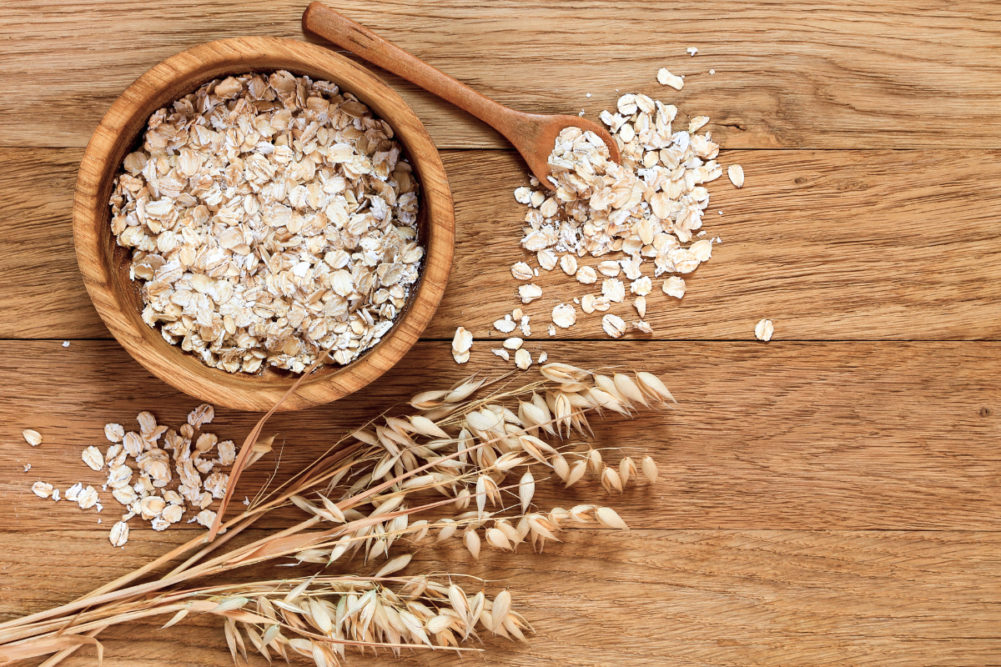WASHINGTON, DC, US — The outlook for the oat industry is outstanding with the spectacular expansion in demand for oat milk and other oat beverages a “real game changer,” Randy Strychar, president, Ag Commodity Research, Vancouver, British Columbia, Canada, told millers attending the virtual Spring Conference of the North American Millers’ Association on April 20. But to meet the expanding demand for oat products, a steady and reliable supply must be assured, which, Strychar said, requires that oats be treated more as a special, even boutique, commodity and not primarily as a feed grain.
Strychar suggested oat milk, which has seen explosive demand, especially in the last 12 months, was expected to see 15% year-over-year growth through 2027. As a cow’s milk substitute, it was closing in on almond milk and may rival soy milk. Strychar pointed out this was a global trend and not at all confined to the North American market.
Strychar said food manufacturers are finding other new uses for oats as consumers seek healthful products that have a light environmental footprint compared with many other plant-based foods. And it seemed the COVID-19 effect, which saw large increases in oat product demand as consumers stayed home, may be extended as Canada, the United States and other countries emerge slowly and at different rates from pandemic-related restrictions.
Oat mills have been expanding capacity in North America and abroad to meet the strong growth in consumer demand.
But there’s a flipside. Oats continued to be viewed as primarily a feed grain. Strychar said oats are priced well below oilseeds, wheat and even barley across the Canadian Prairies and in the United States, and farmers and ranchers use it in large volumes as feed.
Additionally, low prices relative to other crops discourage plantings, and Strychar indicated acres in Canada this year may be down 5% from 2020.
Strong demand for oats for feed and recent heavy purchases of Canadian oats by Chile seemed to ensure 2020-21 Canadian oat ending stocks will be record low. If domestic feed and Chile export demand remain strong in 2021-22, ending stocks could set yet another record low.
Strychar said Chile, the world’s second-largest exporter of oat products, has had two “problematic” crops in a row.
In the current year, Chile, which typically imports about 50,000 tonnes of oats a year, has imported nearly 200,000 tonnes from Canada alone. Chile just finished harvesting its new crop, and the numbers, when they are released by the government, may be “horrible,” as dry conditions persisted in that country,” Strychar said.
That would suggest Chile may continue to buy Canadian oats in 2021-22. Strychar said Chile may buy between 100,000 to 150,000 tonnes of Canadian oats in 2021-22.
Domestically, the only way to decrease feed usage of oats and secure supply for the expanding oat product market is if there is a sustained and long-term rise in oat prices vis-à-vis those of other field crops and oilseeds.
And that’s where the market may have to recalibrate the value it long has assigned to oats as primarily a feed grain, Strychar suggested.






